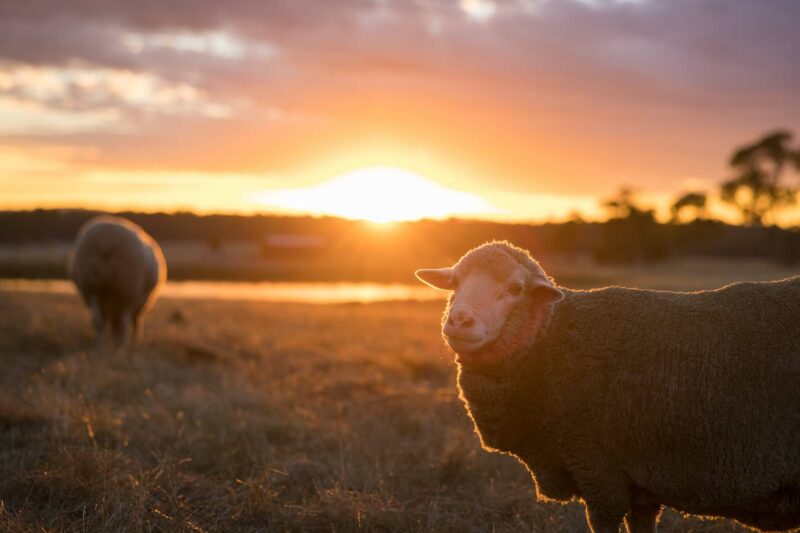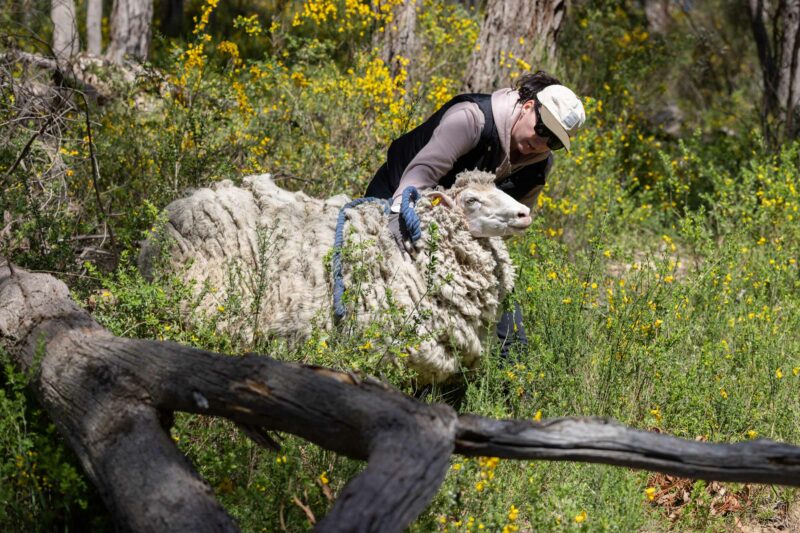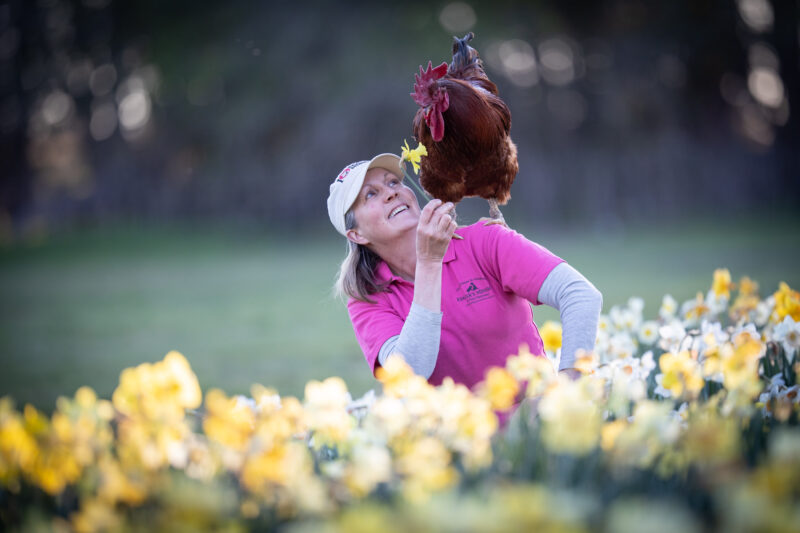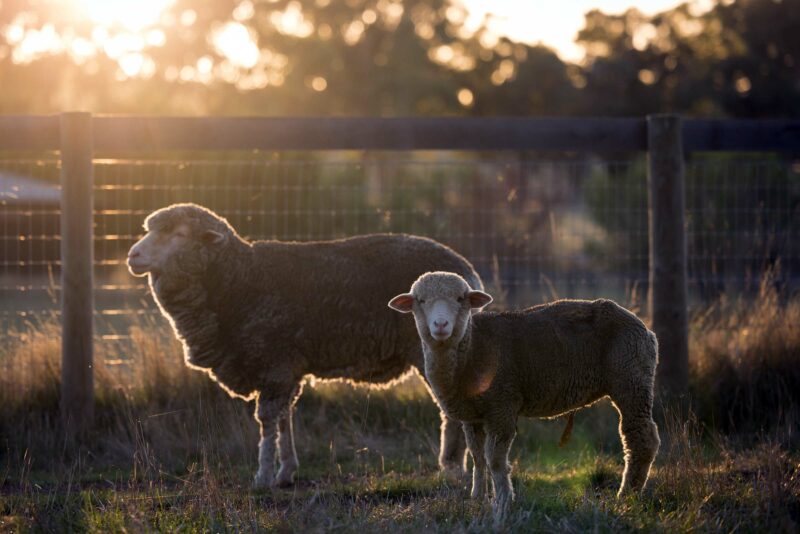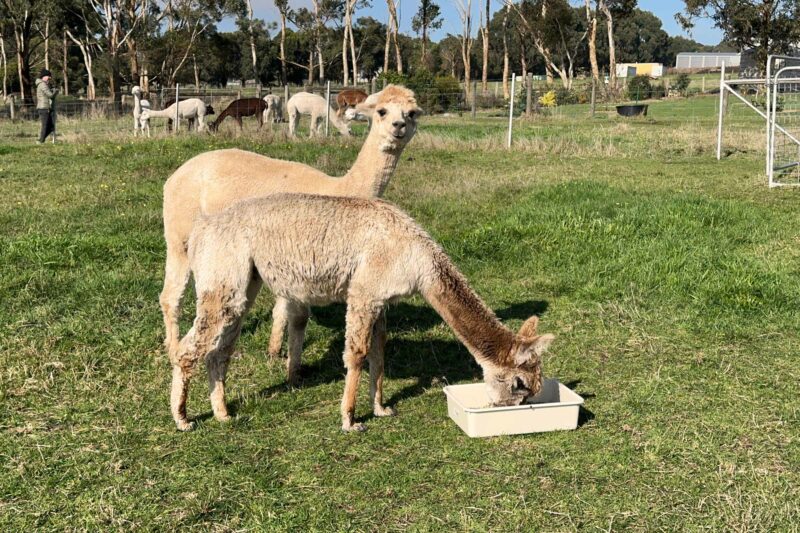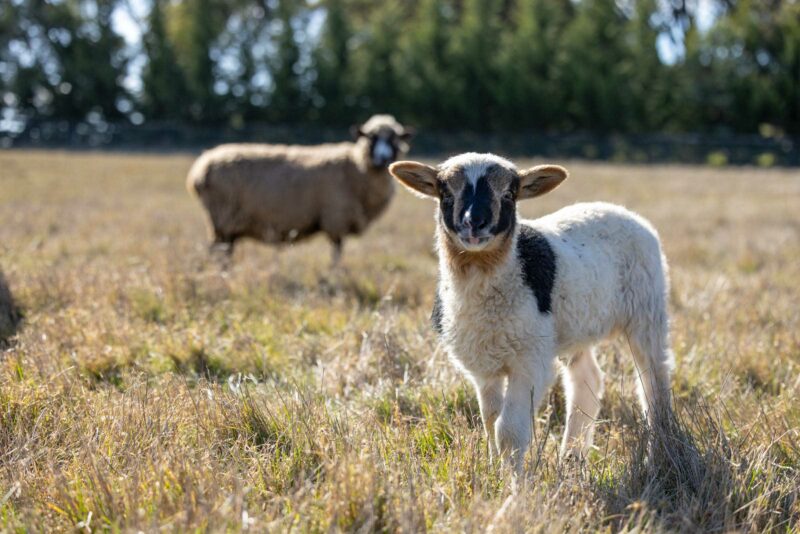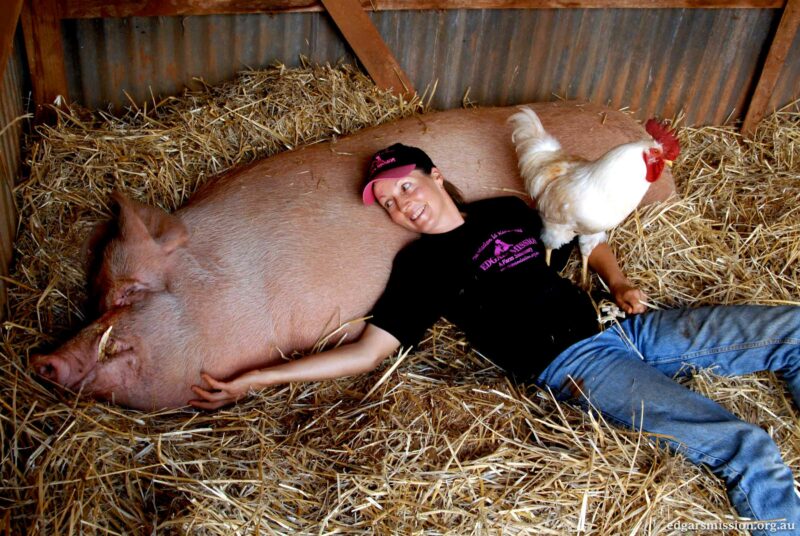
Now you see it…
As a long-time resident of this district, and having traversed the roads many times over the years, I feel I know most of her landmarks.
This served me well during our search over the last couple of years for our new forever home. Scouring internet pages and newspaper listings for any property on acreage that was fair game, I was readily able to identify locations and quickly assess pros and cons: closing my eyes and imagining, “Is this the one?”
Coming into the mix every so often was a property in the lovely township of Monegeetta; although the word “mansion” coupled with a multi million-dollar price tag and small acreage saw me quickly flick to the next listing. In fact, one property that saw us really doing the sums was closely linked to this one. Although the Monegeetta property was never a contender for our final resting place, each time it popped up it unearthed just that little bit more information that caused me to be just that little bit more curious.
But I never knew exactly where this property was, despite my cursory glance each time I drove through the town looking for the “mansion”. Never knew where it was until recently, when someone remarked, “Have you seen the mansion in Monegeetta?” to which I replied, “No, I know it’s around there somewhere but I have never seen it”. I was quickly informed the property with its mysterious mansion was located just south of the military proving ground smack bang in the centre of Monegeetta. “Really?” I remarked in astonishment, “In all my years I have never seen it, yet must have driven past it a squillion times”.
So the next time I drove through the town, I slowed a little, and low and behold I saw the mansion. There, just shy of the road, it stood in all its hauntingly magnificent glory. It was huge—how on earth could I have missed it?
I then did a little more research on the mansion and found it to be known as Mintaro and that it was once part of a much larger holding of land but was subdivided in July 2012 to its current size of 9.9 hectares.
I found out the building of the two storey rendered brick home was commenced in 1881 and completed the following year for a Captain Robert Gardiner at a cost of 22,000 pounds. Captain Robert Gardiner, interestingly enough, was the great grandfather of the famous ballet dancer Sir Robert Helpmann.
I learned that Mintaro was designed by the prominent architect of the day, James Gall, and had been described as a miniature Government House.
Gardiner sold Mintaro to the Methodist Church for a mere 5,000 pounds, however due to the excess costs of running the house as a girls’ home, it was sold to the Crivelli family, who then on sold it to the Rae family in 1934. Mintaro remained in the Rae family for 78 years.
Sadly, as the years rolled on, the upkeep of Mintaro did not; its grounds became littered with car bodies and the once-fabulous Mintaro was not so any more.
I learned the phrase “conservation by neglect” had been used to describe Mintaro, and that this was largely responsible for the mansion’s architecture: through being poorly maintained it had by stealth been preserved.
The more I delved, the more I became fascinated with this incredible piece of history that I had never before noticed. It has survived two world wars, the depression and it stood there, stoic and defiant, just waiting to share its stories with who ever cared to look.
Each time I drive through Monegeetta I now cast a sideways glance, peer past the withered old trees and see Mintaro, because now I have seen her, I will never be able to unsee her.
As my thoughts shift from Mintaro and all her rich history and intrigue I cannot help think that for so many people, animals are their “Mintaro”. Nameless pieces of “architecture” in their worlds who have always been there, yet never been “seen”.
Chimpanzees, crows and dolphins with their ability to use tools. Elephants and their ritual ceremonies for their dead, cows who hold grudges and form crèches for their young, tigers who take revenge, magpies who recognise humans. Altruistic rats who are benevolent, kind and clean, who respond to their names and are ticklish. Pigs with their wicked sense of fun, fastidious natures and intelligent minds. Chickens who have quirky personalities and can count. Octopus whose brains extend to their limbs, giving each one a life of their own. Goats who discovered coffee, and dear fish: if ever an animal was in need of a PR machine, it is fish.
So few people acknowledge and accept them as the sentient and emotional beings they are; yet they have been proven to feel pain in much the same way we humans do. The stories of animals and their complex, intriguing and emotional worlds are many as they are varied and yet so few people really “see” them. I often wonder if the reason for this lies in the enormous ramifications for doing so.
I am not sure what the future holds for Mintaro, nor am I sure just what the future holds for animals, but one thing I know for sure is this: if we do nothing to protect either, future generations will never have the pleasure to know, experience or appreciate all they have offer and that will be to the loss of humans, animals and Mintaro.
But you cannot care about something you know nothing about, so here is where the role of sanctuaries such as ours come in. To share with the world the unique stories of our many residents, their happy tales, their uplifting rescues, their intelligent minds and emotional worlds, their inspirational beating the odds and their everyday goings on, full of joy, hope, meaning and purpose and of course sadness and even death. Moving people beyond words to see these “Mintaros” for who they really are, for once you see them, you always will.
Thank you to sanctuaries and individuals everywhere who share the stories of the animals who have touched your lives.
